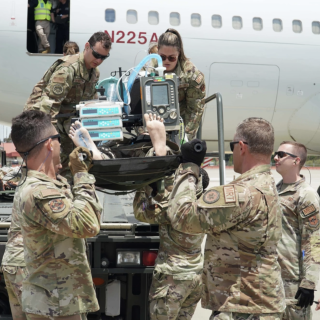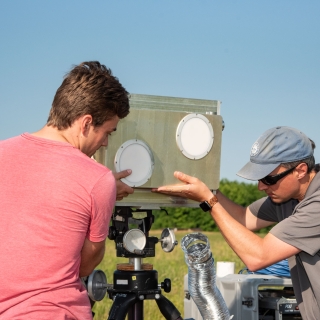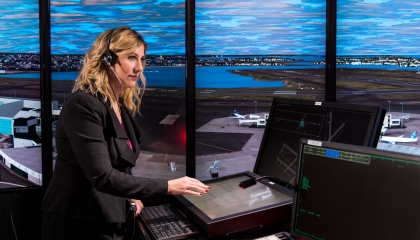
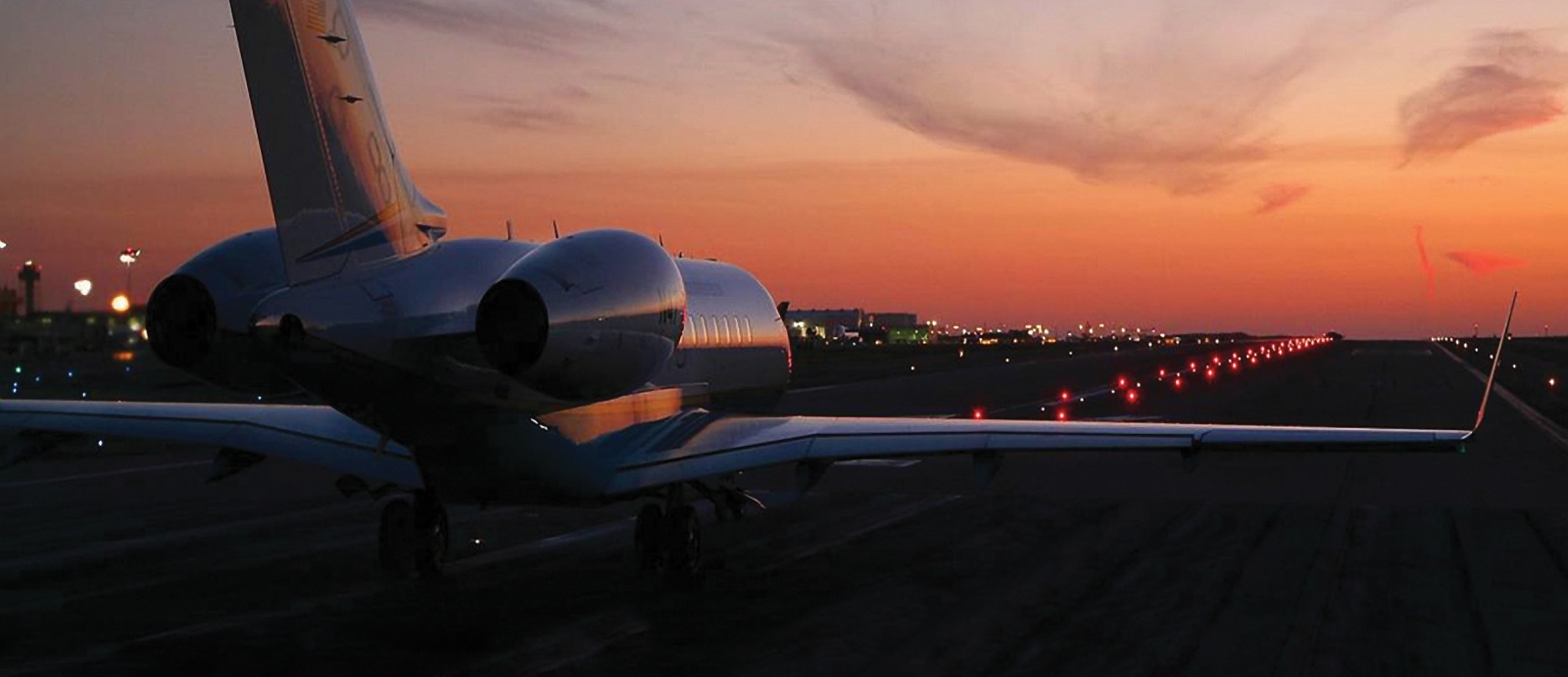
Transportation Safety and Resilience
Our group develops integrated sensing and decision support systems that enable a safe and resilient global transportation system. We specialize in systems analysis, prototyping, system architectures, and algorithm development to support supply chain resilience and the introduction of new and more autonomous vehicles into the existing transportation system. A current focus area of our work is the safe and efficient introduction of Advanced Air Mobility vehicles into the National Airspace System. The systems we work on help prevent aircraft accidents in the existing airspace and are extensible to a more autonomous future airspace. We are also focused on improving the resilience and effectiveness of the Department of Defense supply chain. With technical expertise in real-time software architecture, systems analysis, advanced supercomputing-enabled modeling and simulation, machine learning, and system integration, our research teams take new ideas for solving problems and develop them into working prototypes. We are currently working on detect-and-avoid systems for both crewed and uncrewed aircraft systems, safety systems to prevent runway incursions, and decision support systems for Department of Defense logistics.
Featured Projects
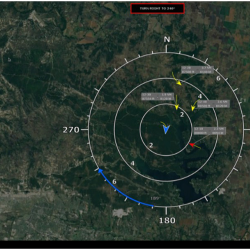
Ground-Based Sense-And-Avoid System

Airborne Collision Avoidance System X

Small Airport Surveillance Sensor
Latest News
